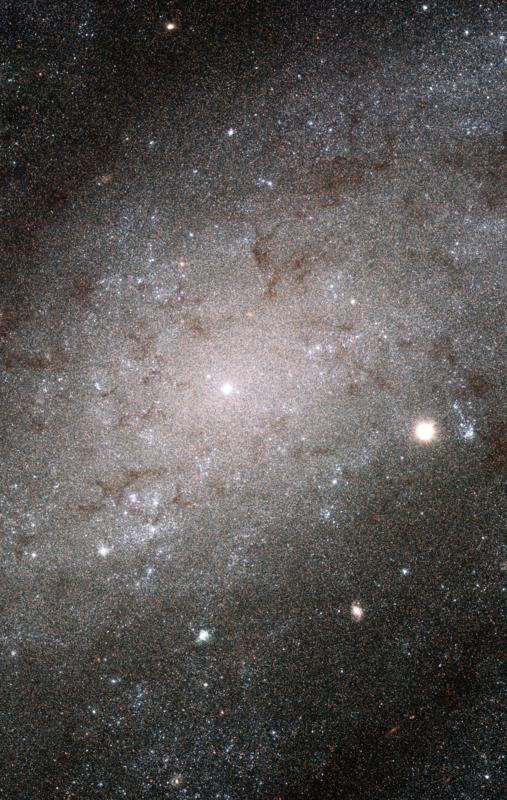The Hubble Space Telescope, an astronomical observatory device-slash-trusty friend in the universe since 1990, explores the universe 24 hours a day, seven days a week. So aside from finding ‘missing links’ in black holes, it boasts of a vast collection of other universal sights. Ever wonder what it observed on a specific date, though?
What Did Hubble See On Your Birthday? is a site that lets you peep into the cosmic wonder that caught Hubble’s attention on a specific date. Pick a month and date, then wait for the photo Hubble took on that date. The photos are pretty stunning, so we decided to play with birthdays. Guess this is my new zodiac app now.
Spongebob’s birthday – July 17
Galaxy NGC 300

Billie Eilish’s birthday – December 18
Hubble Deep Field
Harry Potter’s birthday – July 31
Triangulum Galaxy
The Local Group of galaxies is dominated by the Milky Way, Andromeda, and Triangulum. As the junior member of this trio of spiral galaxies, Triangulum provides the valuable comparisons and contrasts that only a close companion can. Most notably, Triangulum’s star formation is 10 times more intense than in the comparable Hubble panorama of the neighboring Andromeda galaxy. Astronomers have only begun to mine the enormous amount of data generated by these new Hubble observations, and expect they will yield important insights into the effects of such vigorous star formation.
The orderly nature of Triangulum’s spiral, with dust distributed throughout, is another distinctive feature. Astronomers think that in the Local Group, Triangulum has been something of an introvert, isolated from frequent interactions with other galaxies while keeping busy producing stars along organized spiral arms. Uncovering the Triangulum galaxy’s story will provide an important point of reference in understanding how galaxies develop over time, and the diverse paths that shape what we see today.
Only Hubble can bring bits of outer space to us this way. Our earthly powers could never.
Photo from NASA / Unsplash